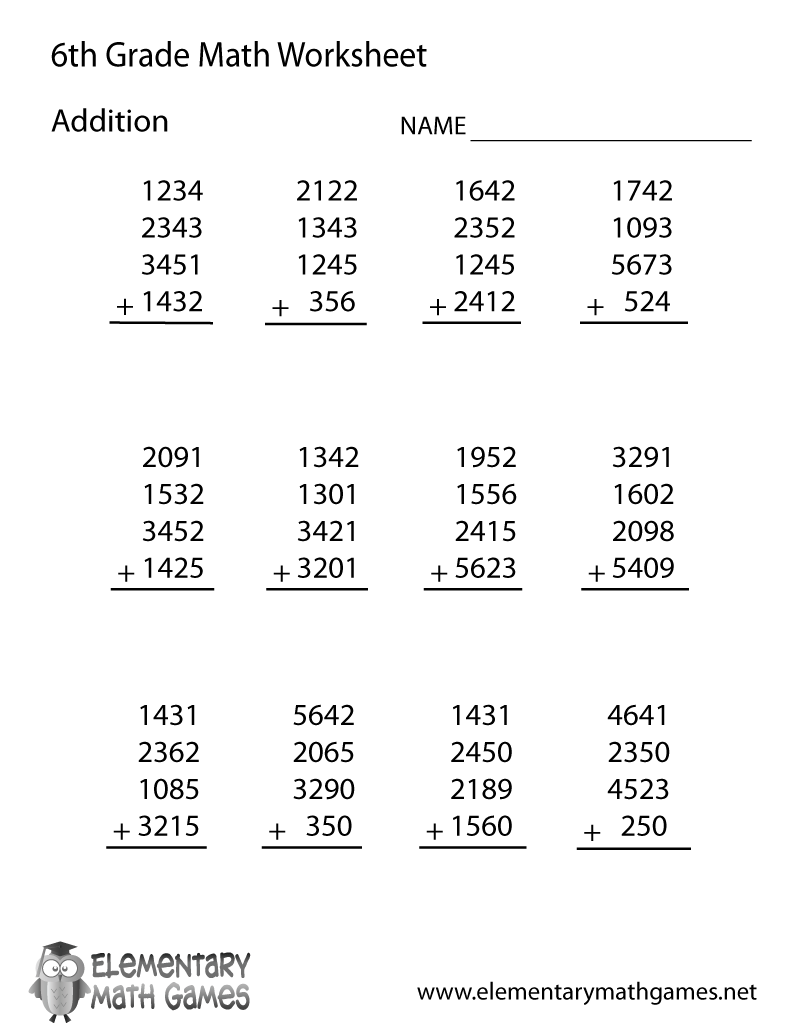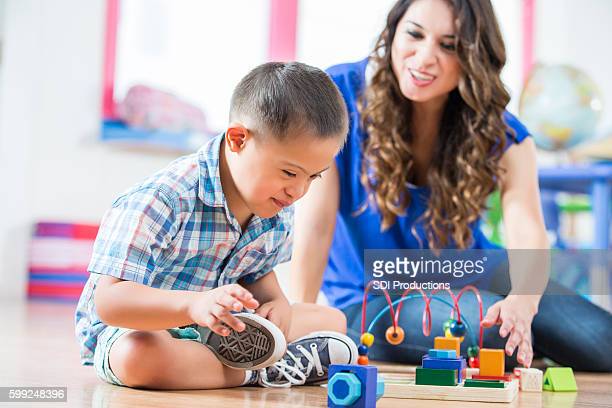
Kahoot helps educators design quizzes, short tests, and other learning activities. Its simplicity and ability to measure student performance make it a great tool for gamification, social learning, and microlearning. It is ideal for short sessions since it allows participants and others to compete for knowledge. It is not recommended when conducting complex assessments or standardizing testing.
Create surveys, quizzes, puzzles, polls and surveys.
Kahoot lets you create presentations, quizzes, puzzles and surveys. It has pre-made and custom questions. This site has a huge library of images, videos, and other resources that you can use to create your quizzes. For a more personalized experience, you can incorporate videos into your presentations.
The quiz maker allows you to create surveys or quizzes for students of any grade. Multiple choice questions can be included in the quizzes. You can also collect feedback through polls and add images or videos to motivate students. To keep track of student progress, you can download the reports and analytics in spreadsheet format. The analytics reports can be shared with other teachers and school administrators.

Include students in assessment
The use of Kahoot has gained much attention for its ability to involve large numbers of students in the assessment process. This tool makes feedback sessions more interactive and collaborative, which facilitates student participation. Many researchers claim that student participation can be key to meaningful learning. Kahoot is a tool that educators can use to increase student performance.
Students who took part in Kahoot's formative assessments reported that they felt they had learned more. The students did not feel more motivated to study for the exams, but they did feel that the experience helped them learn. Kahoot helped students find learning engaging and fun.
Encourage student participation
Using Kahoot in the classroom can help you increase student participation during lectures. You can use it to facilitate peer discussion and reflections, as well as a variety of assessments and activities. It also allows you to measure learning and assess student engagement. This tool is especially useful for students who are enrolled in online or hybrid classes.
Kahoot provides a useful review tool in a social sciences classroom. Future studies should examine the effect of the game on different learning styles and personalities. This could help to determine if gamification can improve student performance.

Improve learning performance
Kahoot can be used as a classroom tool to improve student learning on many levels. This tool encourages active learning, which is a key component of classroom education. It can be used in core, special, and extracurricular education. It can also aid in improving students' social skills.
It includes social media and allows students to create, share, and discuss content. You can also engage in discussions based upon correct and incorrect answers. Teachers can make the quiz challenging but fun by using gamification principles. Additionally, the tool has a scoreboard which shows the score of each student. It also features a points system that encourages participation.
FAQ
Is becoming a teacher difficult?
Becoming a teacher requires a major commitment. You will need time to study.
You can expect to work 40 hours per semaine while earning your degree.
In addition, you will need to find a job that fits your schedule. Many students report difficulty finding part-time jobs that work around their school schedules.
After you have been offered a permanent position, you will be expected to teach classes throughout the day. You may be required to travel across the country to teach classes during the week.
What is a vocational college?
Vocational schools provide programs that prepare people for a specific job. They may also provide general education courses and training in skills needed by employers.
Vocational education is an essential part of our society as it helps young people acquire the skills necessary to succeed in their lives. It makes sure that every student has access to high-quality educational opportunities.
A vocational school provides a variety options for its students. They can choose from certificates, diplomas or degrees as well as apprenticeships, certificates, diplomas or degrees. Vocational schools are able to teach both academic and vocational subjects such as maths, science, English, English, social studies and music.
What are the differences between early childhood education?
There are many ways to explain early childhood education. Some of the most popular ones are:
-
Preschool - Children ages 2 to 5
-
PreKindergarten – Children aged 4-6
-
Head Start/Headstart - Children from 0-3 Years
-
Day Care/ Daycares - Children ages 0 to 5
-
Child Care Centres - Children from 0-18 Years
-
Family Child Care for Children Ages 0-12
-
Homeschooling for children ages KG-16
How do I select my major?
Students choose their majors according to their interests. Some students will choose to major or minor in a subject that interests them because they'll find it more enjoyable than learning about something else. Some people want to work in a field that has no job opportunities. Others are motivated to make a living while studying a major. Whatever your reason, you should think about what type of job you would like to have after graduation.
There are many methods to learn more about the different fields of study. Talk to friends or family members about their experiences. You can check newspapers and magazines to see if any jobs are listed. Talk with a guidance counselor at your high school to ask about possible careers. Visit the Career Services section of your local library. Check out books on various topics from your public library. To search for websites that relate to specific careers, use the Internet.
What factors should you consider when choosing your major?
First decide whether you'd rather be a professional or a student first. Then you should make a list of your interests and talents. There are many things you might enjoy reading, listening or watching music, talking to others, doing housework, or even playing sports. Your talents can come from singing, dancing, drawing, painting, writing, sewing, cooking, woodworking, gardening, photography, carpentry, auto mechanics, plumbing, electrical wiring, computer programming, accounting, mathematics, chemistry, physics, engineering, medicine, dentistry, nursing, psychology, law, social work, teaching, etc. Once you've identified your interests and talents you can use them to guide you when choosing a major.
Art history and fine art might appeal to you if you are interested in becoming an artist. Biology may appeal to those who love animals. Pre-medicine, medical technology and medicine are options for those who want to be doctors. Computer science, computer networking, or computer engineering might interest you if you want a career that involves computers. There are many options. Just think carefully about what you'd like to do.
How much does homeschooling cost?
Homeschooling does not require you to pay a set fee. Some families charge between $0-$20 per lesson. Others offer their services free of charge.
But homeschooling is not easy. It requires commitment and dedication. Parents should have enough time for their children.
They should also have easy access to books, supplies, as well as other learning tools. Many homeschoolers need to access community programs and events to complement their curriculum.
Parents must think about the cost of transport, tutoring, and other extracurricular activities.
Homeschoolers should also plan ahead for vacations, field trips, and special occasions.
What is the average time it takes to become a teacher in early childhood?
The bachelor's degree program in early childhood education takes four years. Two years will be spent taking the general education courses required of most universities.
After your undergraduate studies are completed, you will typically enroll in graduate school. This allows you to become a specialist in a specific area of study.
One example is to choose to specialize in child psychology or learning difficulties. After completing a master's degree, you can apply to teacher preparation programs.
This process will take several more years. To gain practical knowledge, you will partner with experienced educators.
Finally, you will need to pass state exams before you can officially begin working as a teacher.
It takes many years for this process to complete, so you may not be able immediately to join the workforce.
Statistics
- They are also 25% more likely to graduate from high school and have higher math and reading scores, with fewer behavioral problems,” according to research at the University of Tennessee. (habitatbroward.org)
- “Children of homeowners are 116% more likely to graduate from college than children of renters of the same age, race, and income. (habitatbroward.org)
- They are more likely to graduate high school (25%) and finish college (116%). (habitatbroward.org)
- Think of the rhetorical power of nineteenth-century abolitionist Harriet Beecher Stowe, Martin Luther King, Jr., or Occupy Wall Street activists with their rallying cry of “we are the 99 percent.” (bostonreview.net)
- Data from the Department of Education reveal that, among 2008 college graduates, 92.8 percent of humanities majors have voted at least once since finishing school. (bostonreview.net)
External Links
How To
what is vocational education?
Vocational Education, which is an educational system that prepares high school students for jobs after college or high school, provides them with training in specific skills required for a job (e.g. welding). This includes apprenticeship programs and on-thejob training. Vocational education is different from general education in that it prepares individuals for specific career paths rather than acquiring broad knowledge for future uses. Vocational education's goal is to help students find employment after they graduate.
Vocational education may be provided at all levels of schooling, including primary schools, secondary schools, colleges, universities, technical institutes, trade schools, community colleges, junior colleges, and four-year institutions. There are also many specialty schools like nursing schools and law schools, legal schools, medical schools and dental schools as well as veterinary medicine, veterinary medicine, firefighting, police academies and military academies. These schools offer both practical and academic training.
Over the past decade, a number of countries have made substantial investments in vocational education. These include Australia, Denmark and Finland, Germany. It is still controversial whether vocational education is effective. Some critics say it does not improve students' employability. Other argue that it prepares them well for life beyond school.
According to the U.S. Bureau of Labor Statistics 47% of American adults have a postsecondary certificate. This figure is higher for those with more education. 71% (25-29) of Americans have a bachelor's level or higher and work in fields that require a postsecondary degree.
The BLS reported in 2012 that almost half of all adults had some type of postsecondary credential. A third of Americans have a two-year associate's degree and 10% hold a four year bachelor's degree. One in five Americans has a master's or doctorate.
The median annual wage for individuals with a bachelor's in 2013 was $50,000. This was compared to $23,800 when they had no degree. For advanced degrees, the median annual wage was $81,300.
For those who did no high school, the median salary was only $15,000. A person with a lower high school diploma earned $13,000 annually.